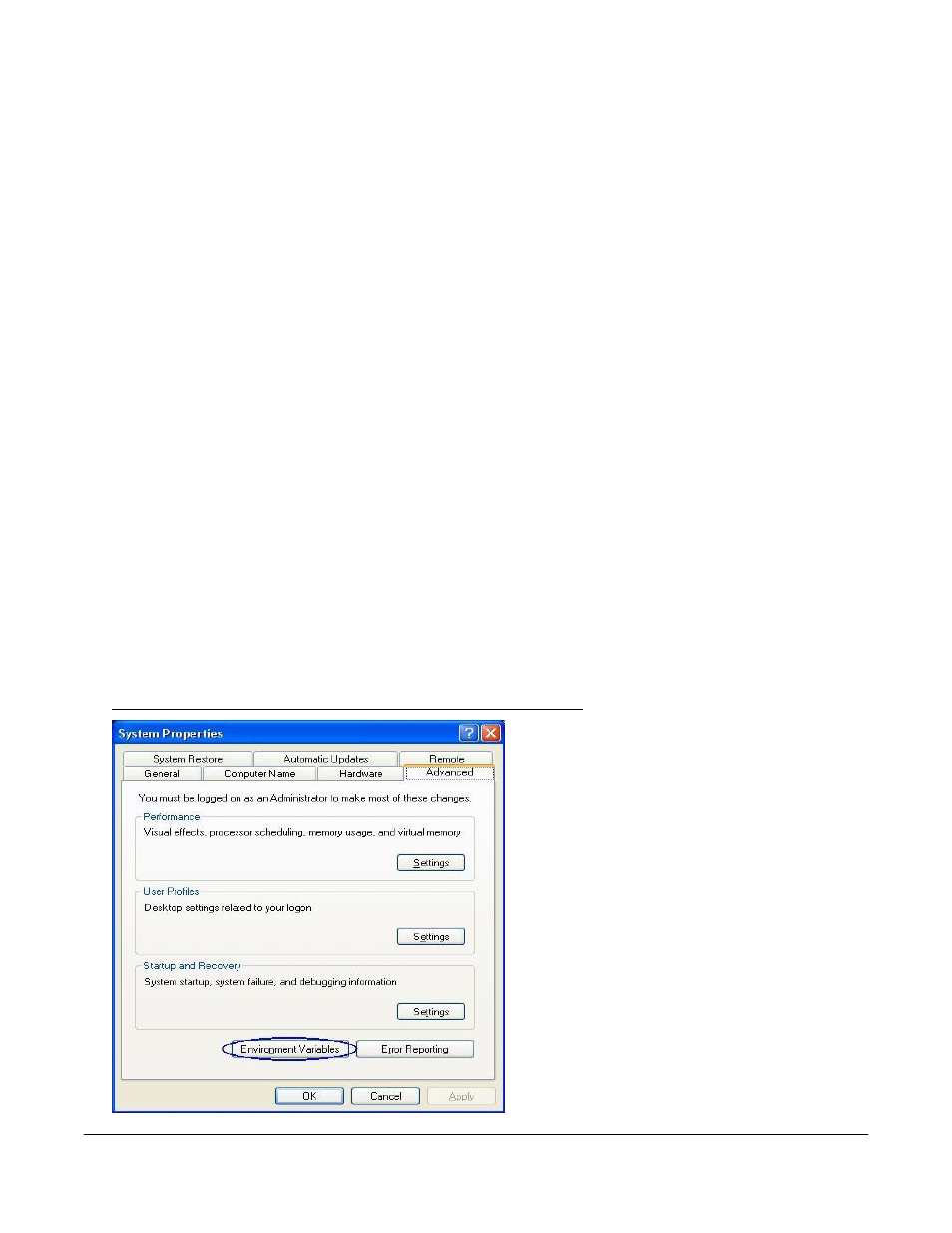Vr manager batch mode (version 1.0.1.11 & up), Adding the vr manager location to the system path – Super Systems Paperless VR User Manual
Page 68

Super Systems Inc.
Page 67 Video Recorder Manual Version 2 Rev. B
Min – Minimum number to display on the trend chart scale for that data.
Max – Maximum number to display on the trend chart scale for that data.
Format – Number of decimal points to display.
Units – Unit definition for the value (scfh,
C, etc).
Expression – This is the function that is performed on the actual input data. For
temperature, the data should be multiplied by .1 to apply the decimal point value.
Test – To test an expression that is being used, enter in a value into the TEST field to see
what the calculation on the data will produce.
“=” – By clicking on this, the value entered into the Test field will be used in the
Expression field. The results will be displayed in the Total field.
Total – Results of the tested value in the expression.
To Save the changes made to the trend chart, use the
File
Save
or
Save As
options. If using the
Save
option, remember that when data is synchronized with the data from the Video Recorder, this trend chart
definition may be overridden.
VR Manager Batch Mode (Version 1.0.1.11 & up)
Starting with VR Manager version 1.0.1.11 and up, there is an optional batch mode that will automatically
download new data and export any new notes to SD Recorder without the need to start up the VR Manager
software.
Adding The VR Manager Location to the System Path
The first step in setting up the batch mode for
the VR Manager is to add the VR Manager’s
installation path to the system’s Path variable.
This will simplify the execution of the
application. From the Start Menu, click on
the “Control Panel” option. Once the Control
Panel is opened, double-click on the “System”
icon to open the System Properties screen.
There will be a few tabs across the top of the
screen. Click on the “Advanced” tab to select
it. From the “Advanced” tab, click on the
Environment Variables button.
On the “Environment Variables” screen, there
will be a list of environment variables in the
section labeled “System variables”. Scroll
down this list until the “Path” variable is
visible. Select the “Path” variable and click on
the Edit button within the “System variables”
section. This will allow a user to modify the
system’s path variable. Click in the “Variable